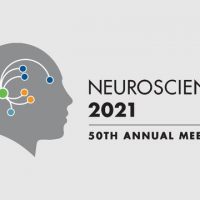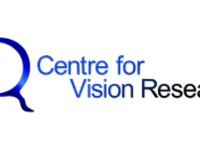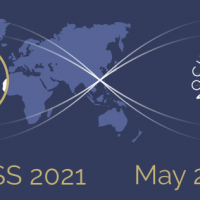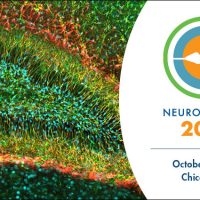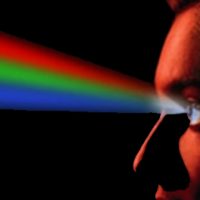
Congratulations to Paria Mehrani on winning the 2022 Colour Research Society of Canada Student Award
Paria Mehrani, a current postdoctoral visitor at the Lassonde School of Engineering, has won the Colour Research Society of Canada (CRSC) 2022 Student Award for Graduate Students. The award recognizes her work while she was a PhD student in Professor John Tsotsos’ lab in the Department of Electrical Engineering & Computer Science. Titled “A Biologically […]
Read More